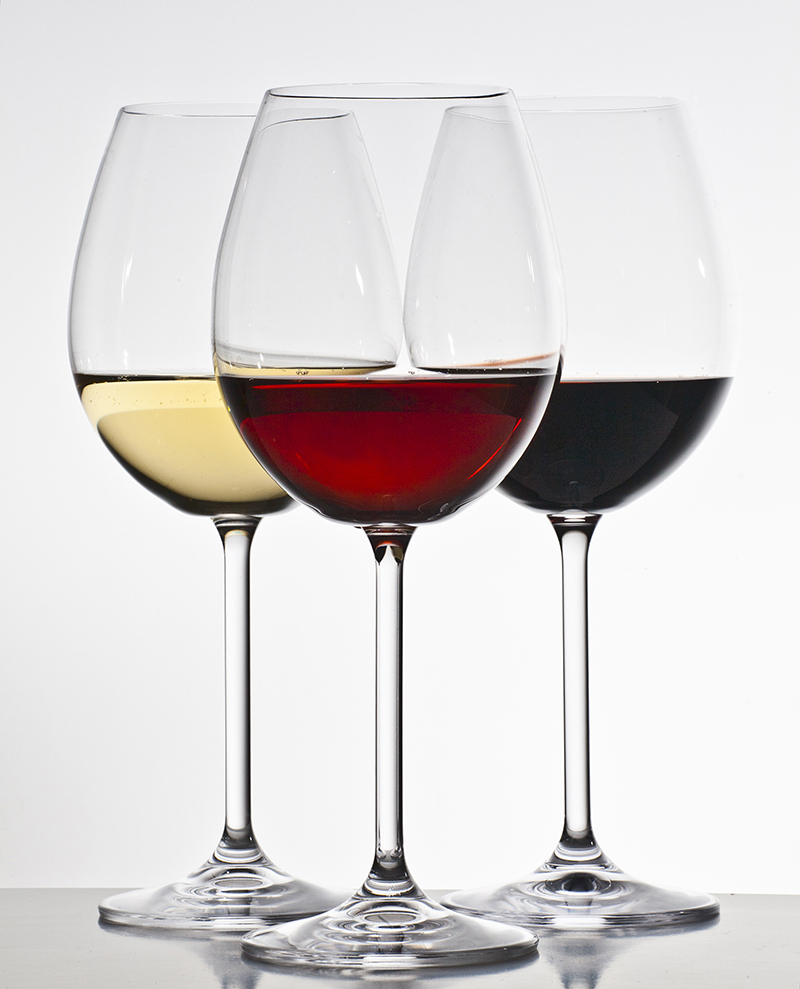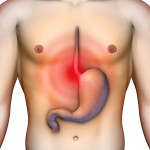White Wine Vs. Red Wine: Which stains your teeth more? The Answer Might Surprise you!
Many people are aware that red wine stains teeth. When you’re enjoying your nightly glass or celebrating a special occasion with a couple, sometimes you’ll notice that your teeth start tinging purple. This is attributed to either dye-infused saliva or the tannins from the skins of the red grapes during fermentation. Additionally, red wine tends to cling to plaque that’s already attached to your oral structures, making the color very obvious if you’re also eating while sipping.
What many people assume is that the light color of white wine means it doesn’t discolor their teeth. However, white wine also poses a threat to a bright, white smile. A student study done at the New York University School of Dentistry (published in Nexus Magazine 2009) proved that white wine is just as destructive as its dark cousin.
“’Tooth staining is a common problem treated by dentists,’ added Dr. Wolff, who developed the wine study research protocol with [dental student] Ms. Dobrescu and was a coinvestigator on the study. ‘Although it has long been known that red wine causes teeth to stain, we wondered why people who drink white wine also develop dark spots on their teeth.’” (Nexus, Pg. 34-35)
The concept makes sense since wines of every color contain high acidity levels, which are composed for several types of acids found in grapes: tartaric, potassium hydrogen tartrate, malic acid, and potassium hydrogen malate. The total acidity that’s often noted on wine labels can help you determine exactly how rough it will be on your teeth. According to Wine Perspective.com, most red wines are about .6% total acid, and white wines are higher. This means that white wine will cause more damage to your tooth enamel, creating grooves and weak, soft places for plaque and tartar to reside and decay your smile.

What Ms. Dobrescu proceeded to do was soak two sets of cow’s teeth in controlled samples of red and white wines. The cow’s teeth showed similar characteristics of human oral structures, with natural pits and fissures. She then used a spectrophotometer to measure the color intensities of the teeth. While red wine did stain more, white wine also yellowed the tooth enamel. In addition, due to its higher acid content, white wine softened the enamel. The tannins in the wine also attract to chromogens, micro-substances found in foods that discolor teeth like tea, coffee, and certain fruit juices. So not only did white wine soften the teeth, it rendered them more vulnerable to staining.
What habits can you keep around your vino time to keep stains at bay? Firstly, don’t brush your teeth immediately after you drink wine. Since wine’s acid softens the enamel, brushing while the tooth defense is down an actually cause more harm than good. It’s better to simply rinse your mouth out and brush once your mouth has had time to rebalance the pH levels with saliva. Chewing sugarless gum afterward might also help to reset your mouth back to neutral. It’s actually recommended by some dentists, as well as a wine lover over on Wine Folly, to brush your teeth about an hour before you know you’ll be indulging in wines. When your teeth are clean, the chromogens have less to attach to and will get down in your stomach where they belong.

Are you getting this information a little late? The good news is that in addition to professional cleanings, whitening options can also get rid of any staining from regular wine consumption. Erosion or discoloration also have treatments or cosmetic corrective options like veneers and laser removal, so ask your dentist how best to proceed for top oral health even though you’re still sipping your favorite wine.




